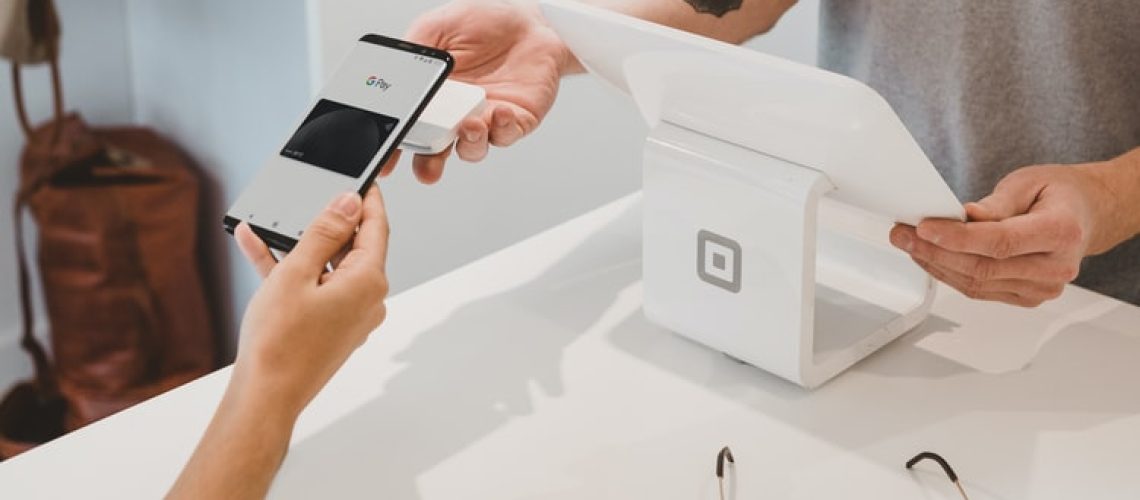The coronavirus pandemic saw a rapid rise in cashless and contactless payments as well as a surge in online usage – From shopping to working. The pandemic has had a huge impact on the way people manage their finances, and that’s where fintech comes in.
What is Fintech?
Fintech is short for Financial Technology – An innovative sector of technology that builds upon and improves more traditional methods of financial services delivery. This emerging industry has seen rapid growth over the course of the pandemic in terms of delivery and usage.
How has Covid-19 Affected Payments?
Here at Donater we’ve long been supporting the move to digital payments, particularly in terms of donations for charities. During the coronavirus crisis it quickly became apparent that it was vital for charities to embrace digital fundraising strategies and the necessary infrastructure to accept online payments and donations.
Whilst these changes were mostly in response to the immediate restrictions imposed by the pandemic, we expect them to be long-lasting moving forwards.
The restrictions that government had to impose, such as on the movement and gathering of people, had a profoundly negative effect on traditional means of fundraising for charitable organisations. However, it also meant that hugely innovative products were rapidly brought onto the market which meant that businesses and charities could meet customer demands and continue to take online and mobile payments and donations.
What Are The Key Fintech Trends We’ve Seen Amid Covid-19?
Over the course of the last 18 months, we’ve seen various changes and leaps made in the financial technology sector.
Contactless Payments
Increased usage of contactless payments
As coronavirus swept the globe, governments quickly began to discourage the use of cash when paying for goods or services to try and limit transmission of the virus. Instead, consumers were encouraged to pay using card – Specifically contactless so as not to be subject to the same risk via the keypad. Mobile payments were also encouraged as a contactless method of paying via their smartphones.
Increased payment limits
Due to the desire for people to pay via contactless as much as possible, the limit of how much you can buy via contactless was also increased. It was even doubled in some countries so that as many transactions as possible could be paid for via contactless methods.
Increase in Online and Mobile Banking
Similar to the retail sector where we saw stores close, many of our High street banks were also unable to stay open or had significantly reduced services. People were also encouraged to keep trips out to those which were essential only. This naturally reinvigorated mobile banking and consequently saw an increase in those adopting this method of managing their personal finances online and through apps. It’s also likely that those who began online or mobile banking as a direct result of the pandemic, will continue to use these services as we come out of it. This rise in users could also positively impact the digital innovation of mobile banking apps.
What Payment Trends Can We Expect to Continue After Covid-19?
We believe that many of the payment trends we’ve seen throughout the pandemic will continue as we get back to ‘normal life.’
- Customers have come to expect an easy payment process, whatever industry or sector they are making their payment in. Mobile payments needs to be straightforward, quick and contactless.
- Businesses that have relied on cashless payments in order to re-open will continue to encourage contactless payments e.g. cafes, restaurants, pubs, fast food chains and even some retailers.
- Hospitality venues like restaurants and pubs will continue to ask patrons to order and pay via an app for their food and drink, directly from their table.
- The use of online and mobile banking will continue and likely become more widespread.
- Payments using QR codes.
Donater Fintech Innovation to Meet Charity Demands
As we’ve said many times before, digital fundraising technology and online donation tools have long been something we’ve been passionate about here at Donater. (You can read all about our story here). The pandemic did however act as the catalyst to really get our digital fundraising platform out into the market.
We are very proud of the digital donation technology we can offer to charitable organisations, providing them with a straightforward and cost-effective method of taking online payments. Our digital fundraising tools are a simple yet effective way of embracing digital infrastructure as a part of fundraising strategy.
Our innovation in the financial technology sector has even seen us recognised by the Winchester Business Excellence awards where we are delighted to once again be a finalist in the Digital Innovation category.
Before Covid-19 hit the globe, some charitable organisations were already starting to embrace digital technology as a means to fundraise online and accept digital donations. The pandemic spurred this on to something that was no longer really a choice, but instead a vital step in order to try and survive.
As we emerge into post-Covid life, this necessity once again beings to lean back towards a preference. But if we’ve learnt anything from the coronavirus crisis, is that we need to grip tightly to digital innovation and not let go. Fintech apps and tools are moving our finances forward and here at Donater we believe that the benefits of introducing this digital infrastructure to your charity are huge. We don’t think that many will be reverting back to more traditional fundraising processes.
How Can Donater Help?
Here at Donater, we’re passionate about providing charities and not-for-profits with an affordable way to introduce digital infrastructure to their fundraising initiatives and help them to raise more money online.
Our suite of online fundraising tools include:
A dedicated online fundraising page, personalised to your charity or good cause. Supporters will immediately recognise your branding and thus, trust that they are in the right place to make a donation. Online fundraising pages are easy to share online via a handy link, and can be easily linked to your website with a ‘Donate Now’ button.
QR codes. We’ve all become more accustomed to QR codes with the NHS Covid app, so you’ll know how quick and easy it is to scan one with your smartphone. QR codes can be just as handy for taking donations. All your supporter has to do is scan the QR code with their smartphone, and it will take them to an online donation page. Once there, they can choose to donate with a tap via Google Pay or Apple Pay, or pay with their bank details. QR codes are a great addition to any physical marketing about your event, such as posters or newsletters.
NFC Tags. Our NFC tags take the above QR code concept a step further, and enable any supporter of yours with an NFC enabled smartphone to merely tap the tag or sticker. They will then be taken to an online donation page where they can make their donation quickly and simply. These work better with in-person events, but could easily be placed at the entrance to your charity or on collection boxes so visitors can donate to your cause if they wish.
For more information on how Donater digital fundraising technology could help your charity, head to our website.


